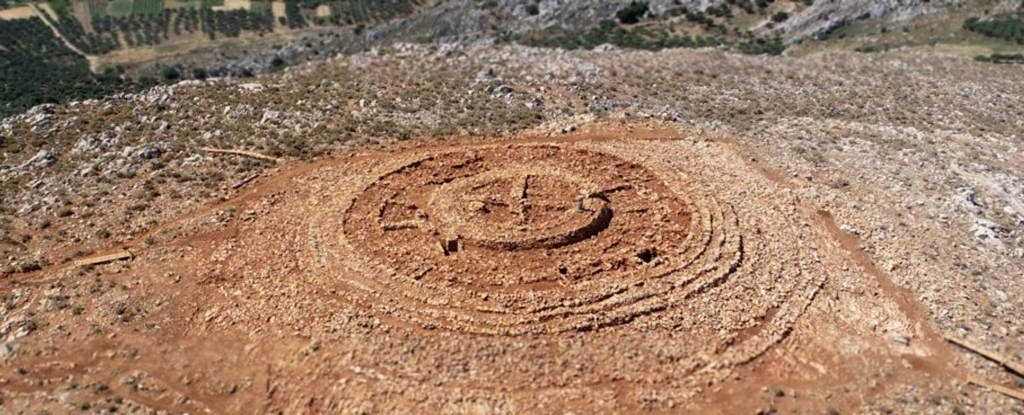The Blue Lagoon geothermal spa near the fishing town of Grindavik, Iceland, on May 23, 2024.
John Moore | Getty Images News | Getty Images
Iceland wants tourists to flock to its bubbling hot springs, picturesque ice caps and lunar-like lava landscapes — but not at the expense of its residents or natural environment.
The tiny Nordic country known for fire and ice is not alone. From Amsterdam to Venice, hot spots across the globe have brought in measures to try to crack down on the negative impacts of overtourism, while retaining what is often a hugely significant source of income.
“We are trying still to mold the taxation system for the tourism sector for the future,” Iceland’s Prime Minister Bjarni Benediktsson told CNBC via videoconference.
“We would like to lean more towards a system where the user pays. As I see it, we would want to go more toward accession fees to the magnets, as we call them, around the country,” Benediktsson said.
“By doing that, we could control traffic. So, at the height of demand, we could have a higher tax where we could control by amending the fees both within the day or between months, or during parts of the year. But this is still in the making.”
Iceland’s government reinstated its so-called tourism tax at the start of the year, seeking to raise funds for sustainability programs and mitigate the environmental impact of mass tourism.
The levy, which was suspended during the Covid-19 pandemic, applies a nominal fee of 600 Icelandic krona ($4.34) to hotel rooms, with varying costs also applied to campsites, mobile homes and cruise ships.
Molten lava is overflowing on the road leading to the famous tourist destination Blue Lagoon near Grindavik, western Iceland, on Feb. 8, 2023.
Kristinn Magnusson | Afp | Getty Images
Benediktsson described his predecessor’s reintroduction of the tourism tax as an “important decision” for the country. However, he says the government needs to go further to find the right balance.
As head of Iceland’s pro-business, right-wing Independence Party, Benediktsson replaced Katrin Jakobsdóttir as prime minister in early April. He previously served as prime minister in 2017.
His second stint as the country’s leader comes at a time when the country grapples with soaring interest rates, high inflation and a series of volcanic eruptions.
Late last month, a volcano in southwestern Iceland erupted for the fifth time since December, spewing lava that once again threatened the coastal town of Grindavik.
The seismic activity also forced the evacuation of one of the country’s most visited sites, the Blue Lagoon geothermal spa. The lagoon has since reopened to tourists after authorities said the eruption had stabilized.
Booming tourism revenues
Iceland’s tourism sector has come roaring back from a dip during the coronavirus pandemic. The country — which has a population of around 383,000 — expects to receive 2.3 million visitors this year, nearly 2.4 million in 2025 and as many as 2.5 million in 2026.
The revenue generated by tourism has been increasingly important to Iceland’s economy.
Indeed, the tourism sector accounted for 8.5% of its gross domestic product in 2023, according to Statistics Iceland, citing preliminary figures of the Tourism Satellite Accounts. That’s up from 7.5% in 2022 and exceeds the 8.2% average recorded during the pre-Covid period of 2016 through to 2019.
The Skolavordustigur pedestrianized street in Reykjavik, Iceland, on Nov. 11, 2023.
Bloomberg | Bloomberg | Getty Images
Looking ahead, Benediktsson said the government was working with its own “sustainability balance check” to develop its tourism taxation system.
“We came up with a system under which we look at certain indicators: Is nature in balance in a certain spot? Is society happy with the development? Is that on a green, yellow or red light?” Benediktsson said.
“If we see that places are being damaged by the number of people that visit let’s say at Geysir where we have the hot springs, we need to take action,” he added.
“Those are the things we are trying to develop, and we are trying to follow the indicators and make sure that the industry grows in good acceptance with society but also with nature.”




















Discussion about this post